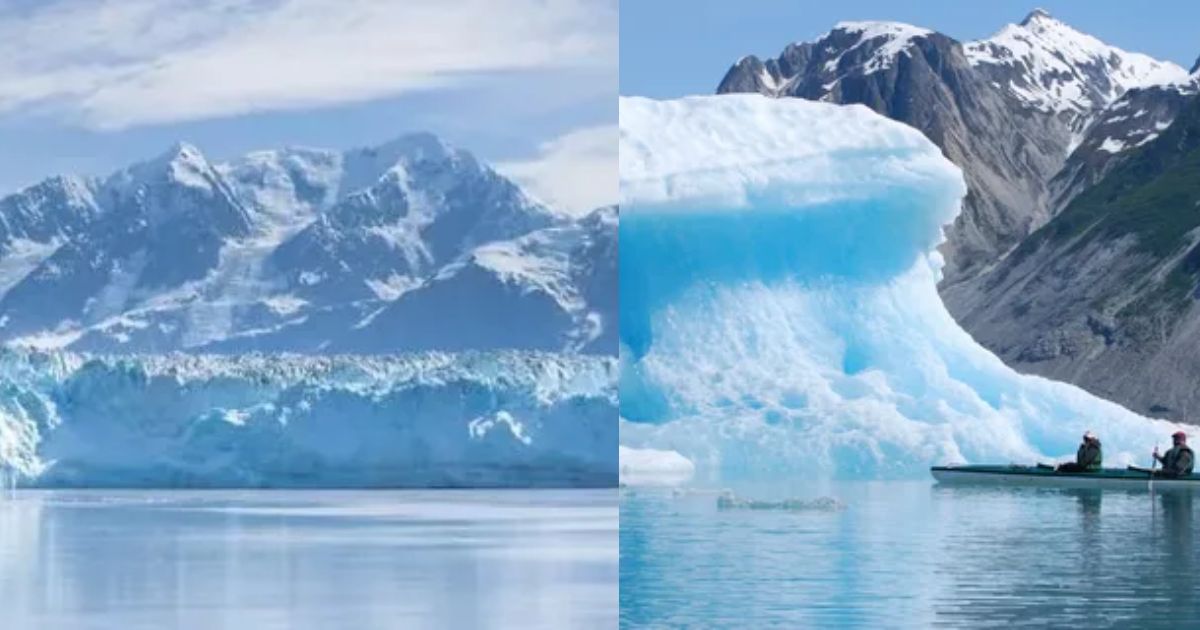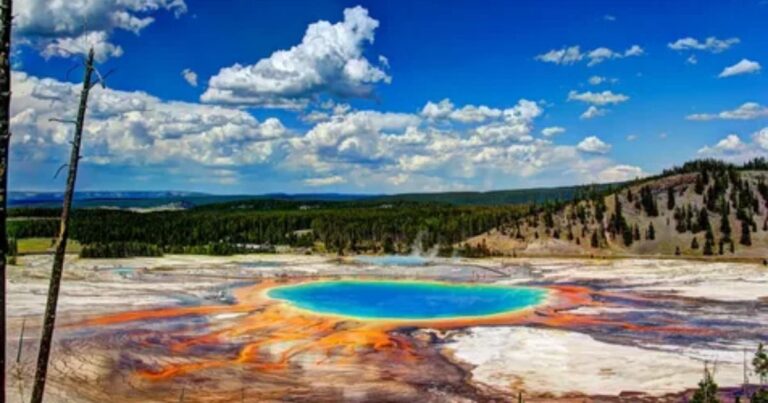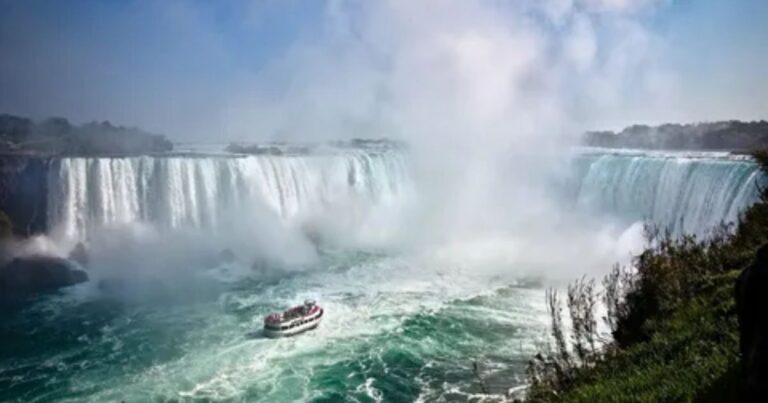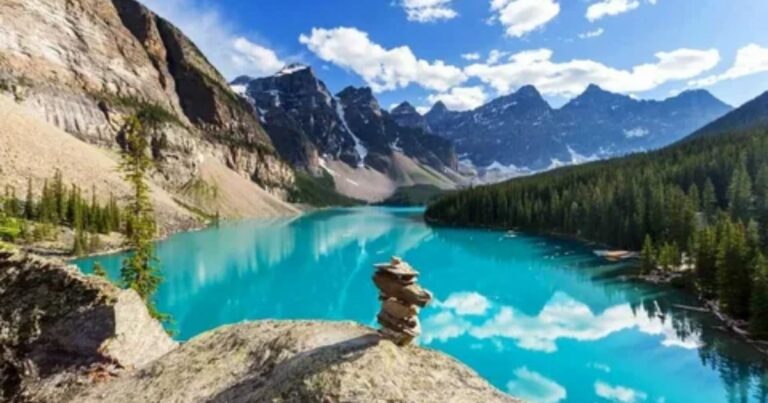Hubbard Glacier vs Glacier Bay Alaska: Comparing Two Majestic Natural Wonders
Alaska is known for its stunning natural beauty, with a diverse range of landscapes, wildlife, and ecosystems. Among its most breathtaking features are glaciers. Two of the most notable glaciers in Hubbard Glacier vs Glacier Bay Alaska. Both destinations offer unique experiences, showcasing the majestic allure of ice and the fascinating interplay of nature. This article explores the differences between Hubbard Glacier and Glacier Bay Alaska, helping you understand what each has to offer.
Glaciers in Alaska
Glaciers are dynamic systems that dominate the northernmost state of the United States. They carve out valleys, shape landscapes, and provide vital ecosystems for numerous species. Alaska’s glaciers attract thousands of visitors each year, offering opportunities for exploration, education, and breathtaking views. Among these, Hubbard Glacier and Glacier Bay are two of the most captivating, each providing a unique glimpse of glacial beauty.
- Explore more info about: The Roxy Hotel New York: A Stylish Urban Oasis
Hubbard Glacier
Location and Access
Hubbard Glacier is located in the Disenchantment Bay area in southeastern Alaska. It’s the largest tidewater glacier in North America and stretches approximately 76 miles (122 kilometers) long, with a face that measures about 1.5 miles (2.4 kilometers) wide. Visitors can access Hubbard Glacier primarily via cruise ships or small boats that navigate the waters of the bay. The view of the glacier calving from a boat is a must-see experience, as massive chunks of ice splinter off and crash into the water, creating thunderous roars.
Features of Hubbard Glacier
Hubbard Glacier is particularly notable for its dynamic and evolving nature. It’s one of the few glaciers in the world that is currently advancing rather than receding, making it an intriguing site for scientists and researchers. The glacier’s deep blue hues come from the increased density of ice, allowing it to absorb all colors of light except blue. This striking color is a hallmark of glacial ice and adds to the allure of Hubbard.
Wildlife and Ecosystem
The waters surrounding Hubbard Glacier are teeming with life. Sea otters, seals, and various fish species are commonly spotted in the bay. The area is also an essential feeding ground for numerous seabirds, including puffins and gulls. The convergence of marine life and glacial beauty creates an ecosystem that thrives in this environment, offering visitors the chance to witness wildlife in its natural habitat.
Glacier Bay
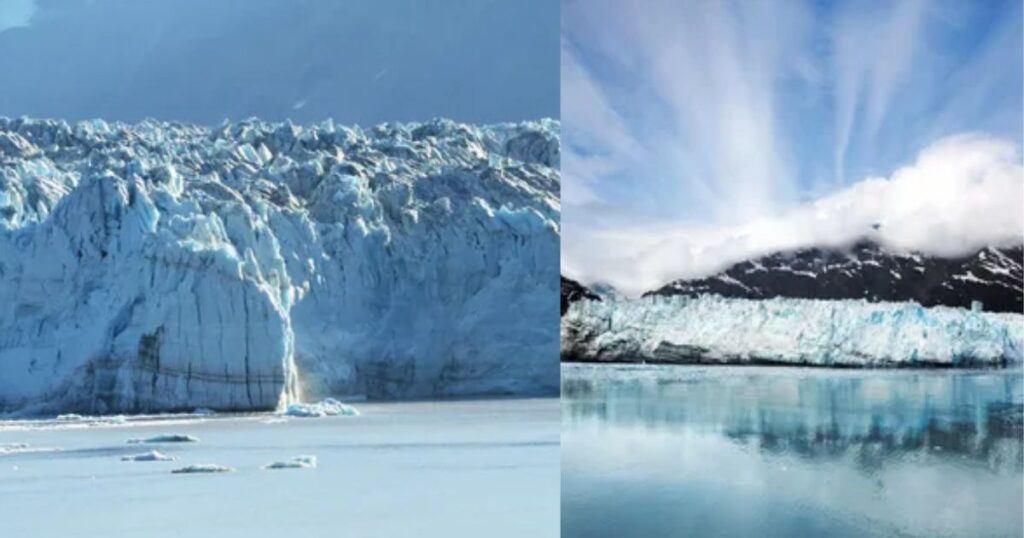
Location and Access
Glacier Bay National Park and Preserve is a UNESCO World Heritage Site located in southeastern Alaska. The park covers over 3 million acres and features a diverse range of ecosystems, including mountains, forests, and the iconic glaciers that give the park its name. Access to Glacier Bay is typically granted via cruise ships, small boats, and at times, through guided tour operators. The park’s vastness means there are numerous opportunities for exploration and adventure.
- Explore more info about: How Far is Mostar from Sarajevo? A Comprehensive Guide for Your Day Tri
Features of Glacier Bay
Glacier Bay is home to an array of glaciers, including the famous Margerie Glacier and Lamplugh Glacier. The glaciers of Glacier Bay are tidewater glaciers, meaning they flow down to the sea. The park showcases the dramatic landscape of retreating glaciers, where ice is continuously calving into the waters below. Unlike Hubbard Glacier, many of the glaciers in Glacier Bay are receding, providing a window into the effects of climate change and glacial dynamics over time.
Wildlife and Ecosystem
Wildlife enthusiasts will find Glacier Bay to be a rich habitat. The park is home to various species, including humpback whales, orcas, brown bears, sea lions, and numerous seabirds. The diversity of ecosystems includes tide pools, rainforests, and rocky shorelines, creating a rich tapestry of flora and fauna. The intertidal zones offer opportunities for exploration, while visitor centers provide educational exhibits on the park’s ecology.
Hubbard Glacier vs Glacier Bay Alaska: Key Comparisons
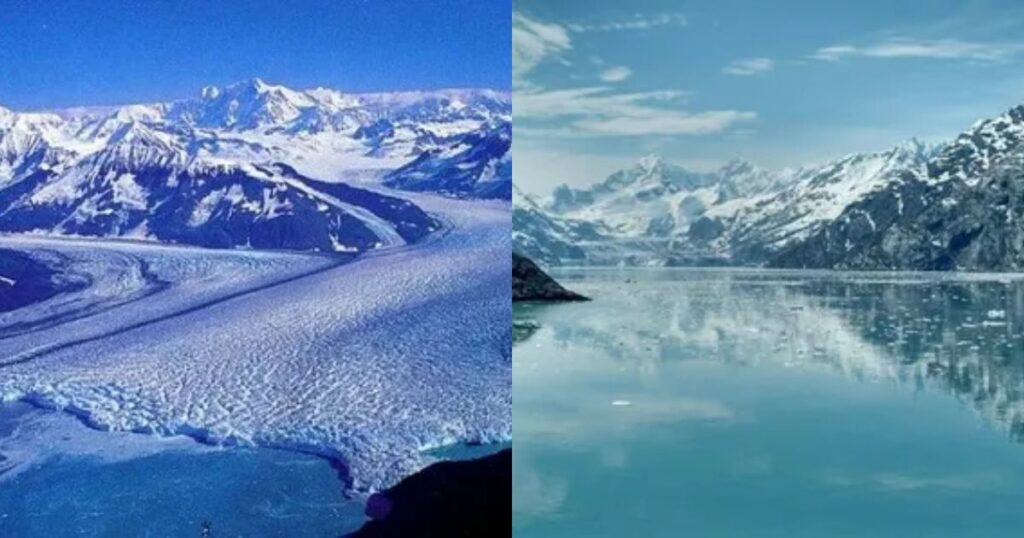
Formation and Movement
One of the key differences between Hubbard Glacier and Glacier Bay is their movement patterns. Hubbard Glacier is advancing, while many glaciers in Glacier Bay are retreating. This phenomenon has created specific ecological impacts in both locations, influencing the surrounding environments and wildlife populations.
Accessibility
While both locations are accessible primarily by boat, Glacier Bay National Park provides more extensive opportunities for exploration, including hiking, kayaking, and backcountry experiences. Hubbard Glacier, being a single glacier, focuses more on marine tours and viewing calving events.
Educational Opportunities
Glacier Bay is renowned for its educational programs and visitor centers that provide insights into the science of glaciers, climate change, and the importance of conservation. Hubbard Glacier, though offering tours and guided experiences, often focuses more on the visual spectacle of its features rather than extensive educational programming.
Scenic Views and Photography
Both locations offer unparalleled views, but the context differs. Hubbard Glacier is known for its dramatic ice calving events, making it a prime location for spectacle photography. In contrast, Glacier Bay provides a broader scenic landscape with diverse wildlife, fjords, and multiple glaciers, offering varied photographic opportunities.
Experience and Activities
For those seeking adventure, Glacier Bay offers kayaking, hiking, and exploration of the park’s varied ecosystems. Hubbard Glacier provides a more focused experience primarily centered around glacier viewing and marine wildlife tours.
Best Time to Visit Hubbard Glacier
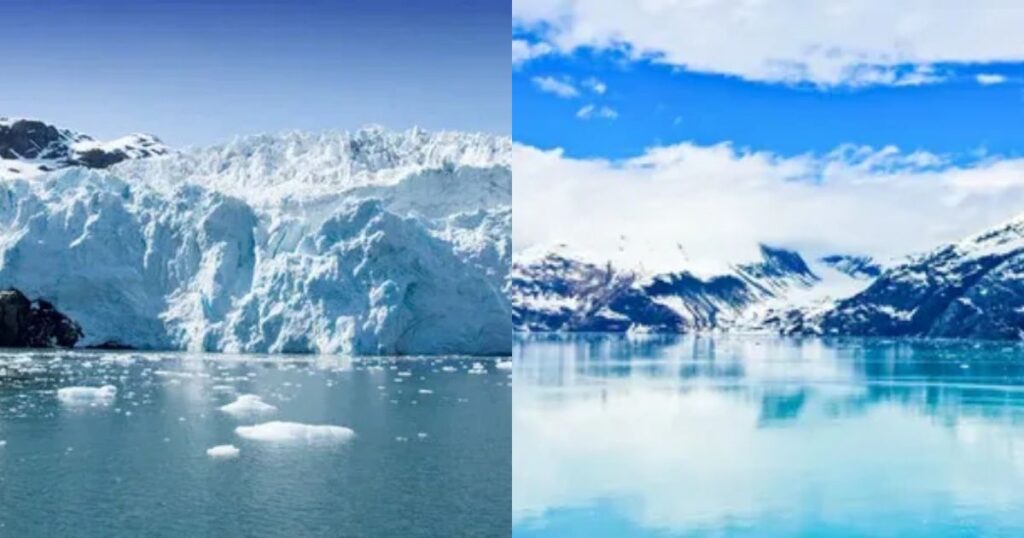
Hubbard Glacier
The best time to visit Hubbard Glacier is during the summer months, particularly from late May to early September. During this period, the weather is milder, and the chances of witnessing spectacular calving events are higher.
Glacier Bay
Glacier Bay can also be visited from late May to September. The summer months offer the warmest weather and the best wildlife viewing opportunities. However, visitors should be prepared for varying weather conditions, which is typical for Alaska.
Conclusion
Both Hubbard Glacier Vs Glacier Bay Alaska present unique opportunities to witness the beauty of glaciers and the natural world. Hubbard Glacier, known for its advancing ice and dramatic calving events, offers a stunning spectacle for those seeking to experience nature’s raw power. In contrast, Glacier Bay provides a broader range of experiences, combining glacier viewing with diverse ecosystems and rich wildlife.
Determining which destination to visit may depend on individual preferences regarding adventure, education, and scenic beauty. Whichever you choose, a visit to these iconic Alaska glaciers is bound to leave a lasting impression.
FAQs
Which is better Hubbard Glacier or Glacier Bay?
The better choice depends on your interests. If you prefer witnessing dramatic calving events, Hubbard Glacier is ideal. For a broader experience with diverse ecosystems and wildlife, Glacier Bay is a great option.
Can you see Hubbard Glacier without a cruise?
Yes, Hubbard Glacier can be accessed via small boat tours and charter services, though cruise ships are the most common way to experience it.
Is Glacier Bay worth visiting?
Absolutely! Glacier Bay National Park offers stunning scenery, wildlife viewing opportunities, and educational experiences that make it a must-visit destination in Alaska.
What wildlife can you see at Hubbard Glacier?
At Hubbard Glacier, you can expect to see sea otters, seals, puffins, and various species of fish, alongside stunning glacial views.
- Statue of Liberty: A Guide to Exploring America’s Iconic Landmark - December 16, 2024
- Where is Lambert Glacier Located? The World’s Largest Glacier - December 16, 2024
- Banff National Park: A Complete Guide to Canada’s Stunning Wilderness - December 15, 2024

